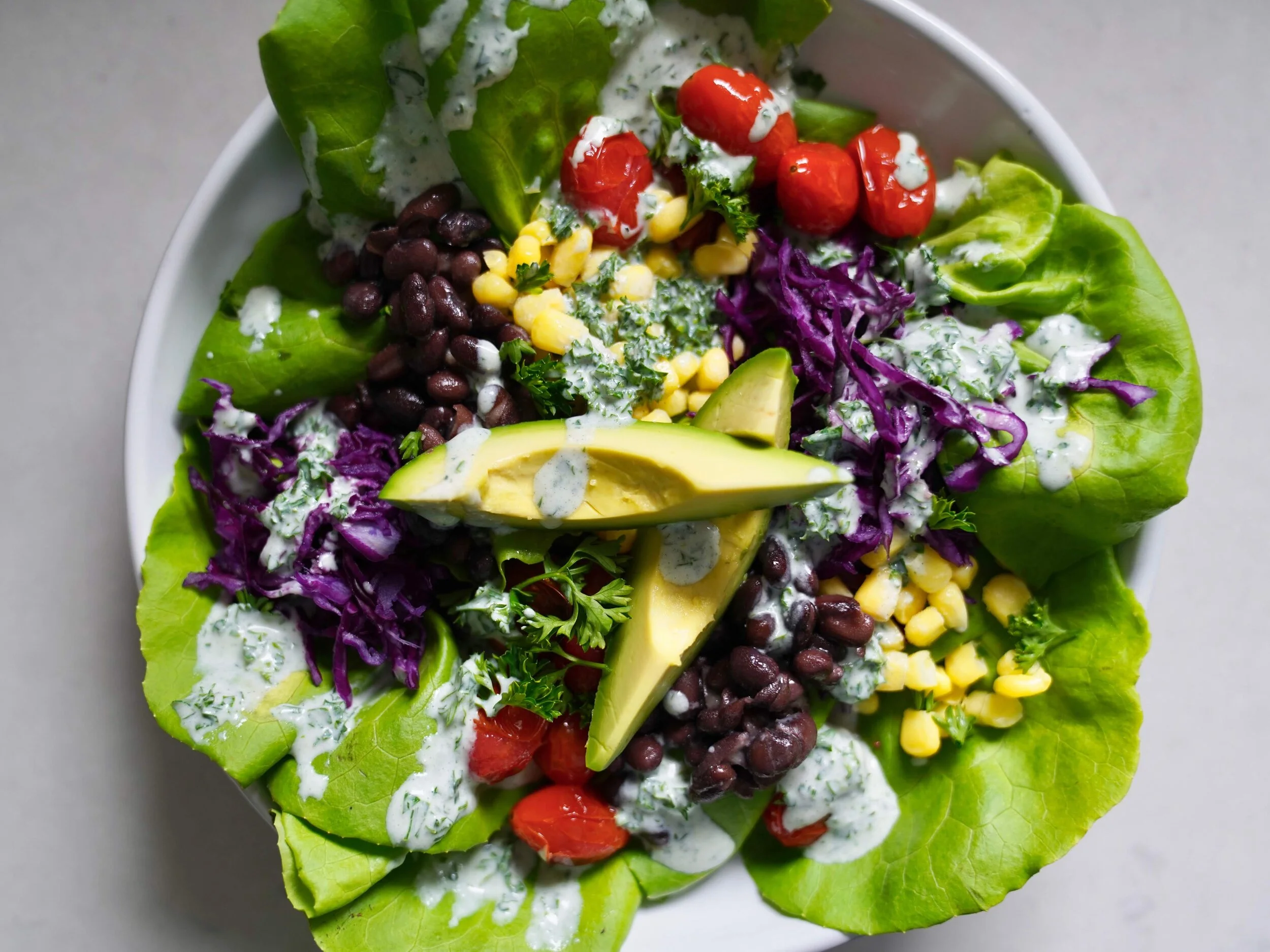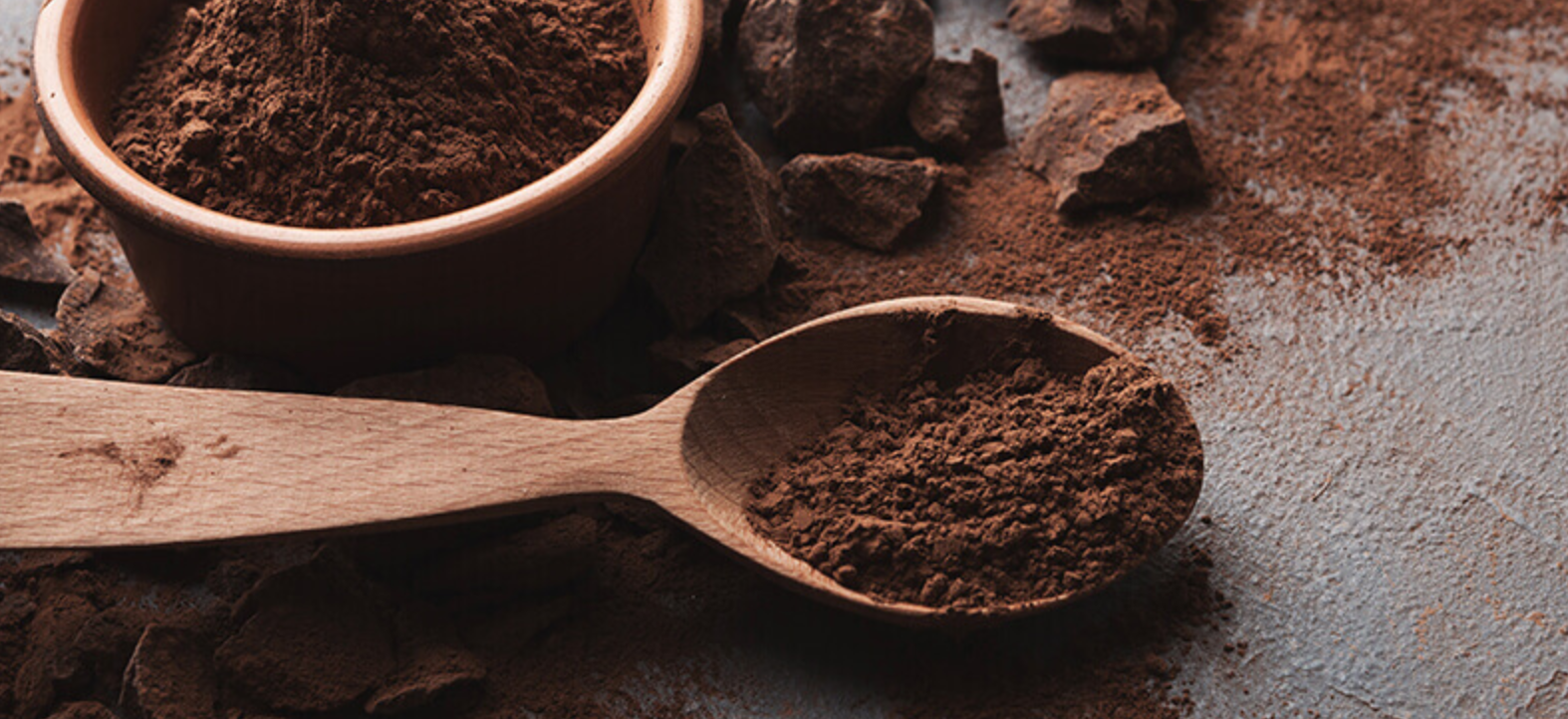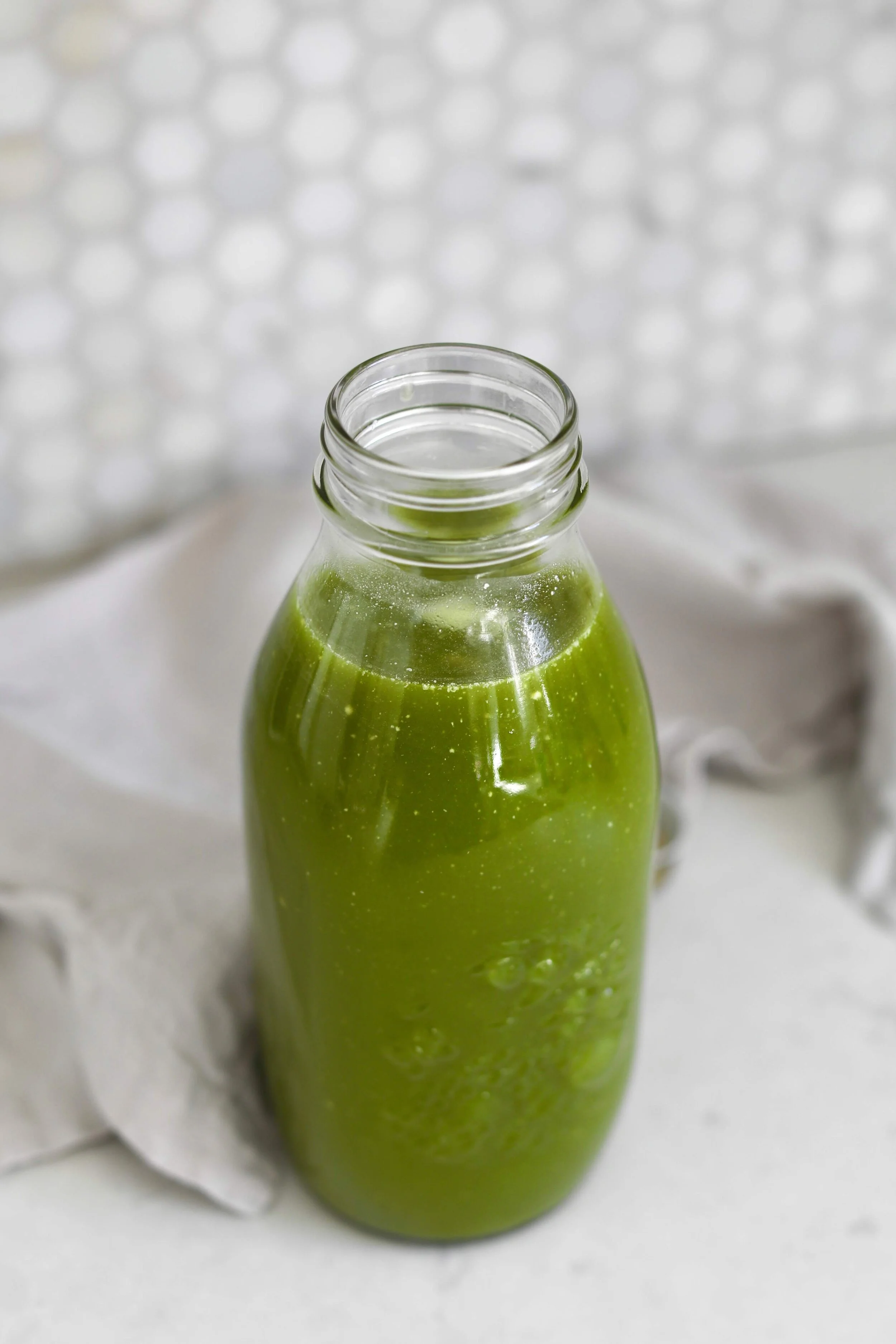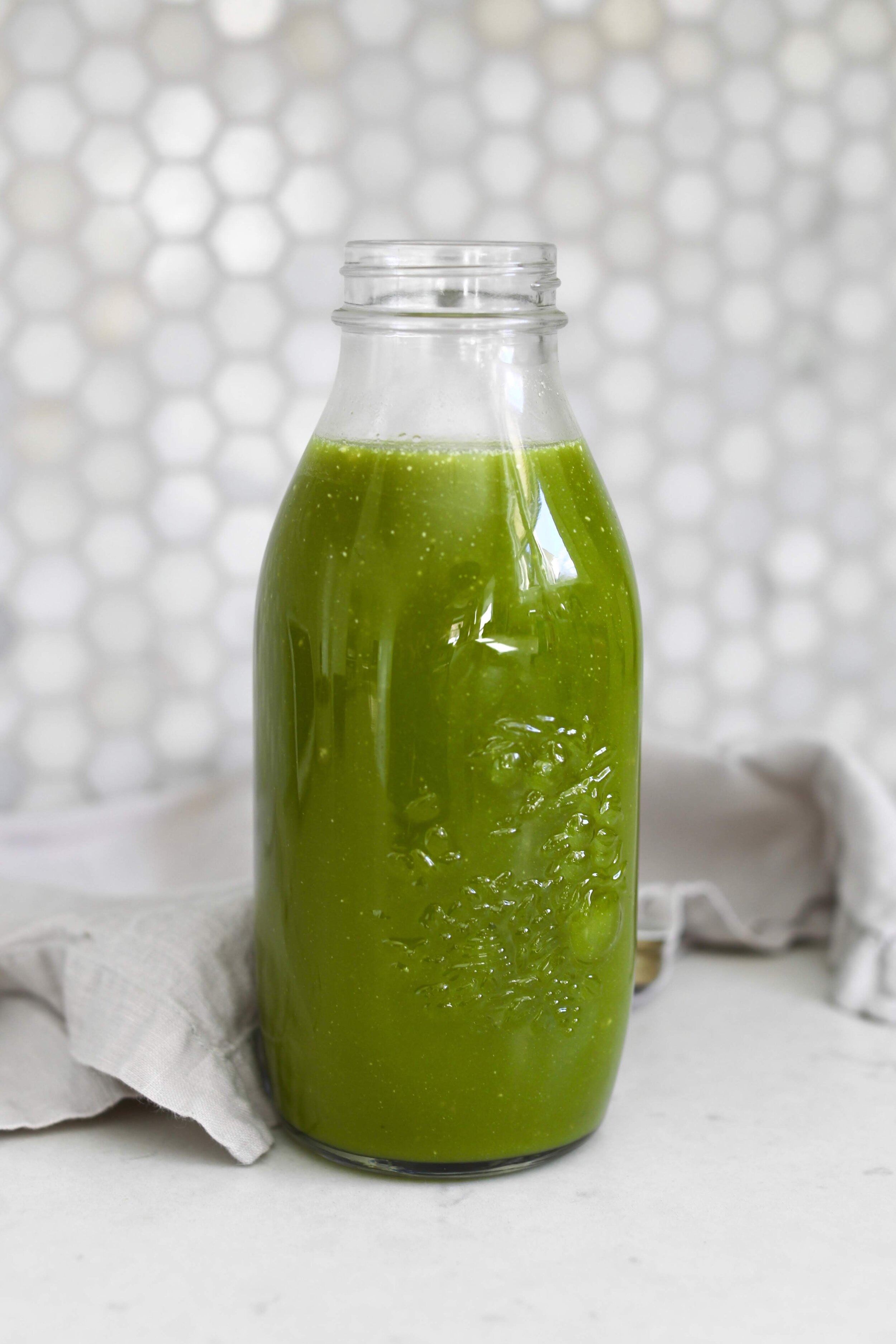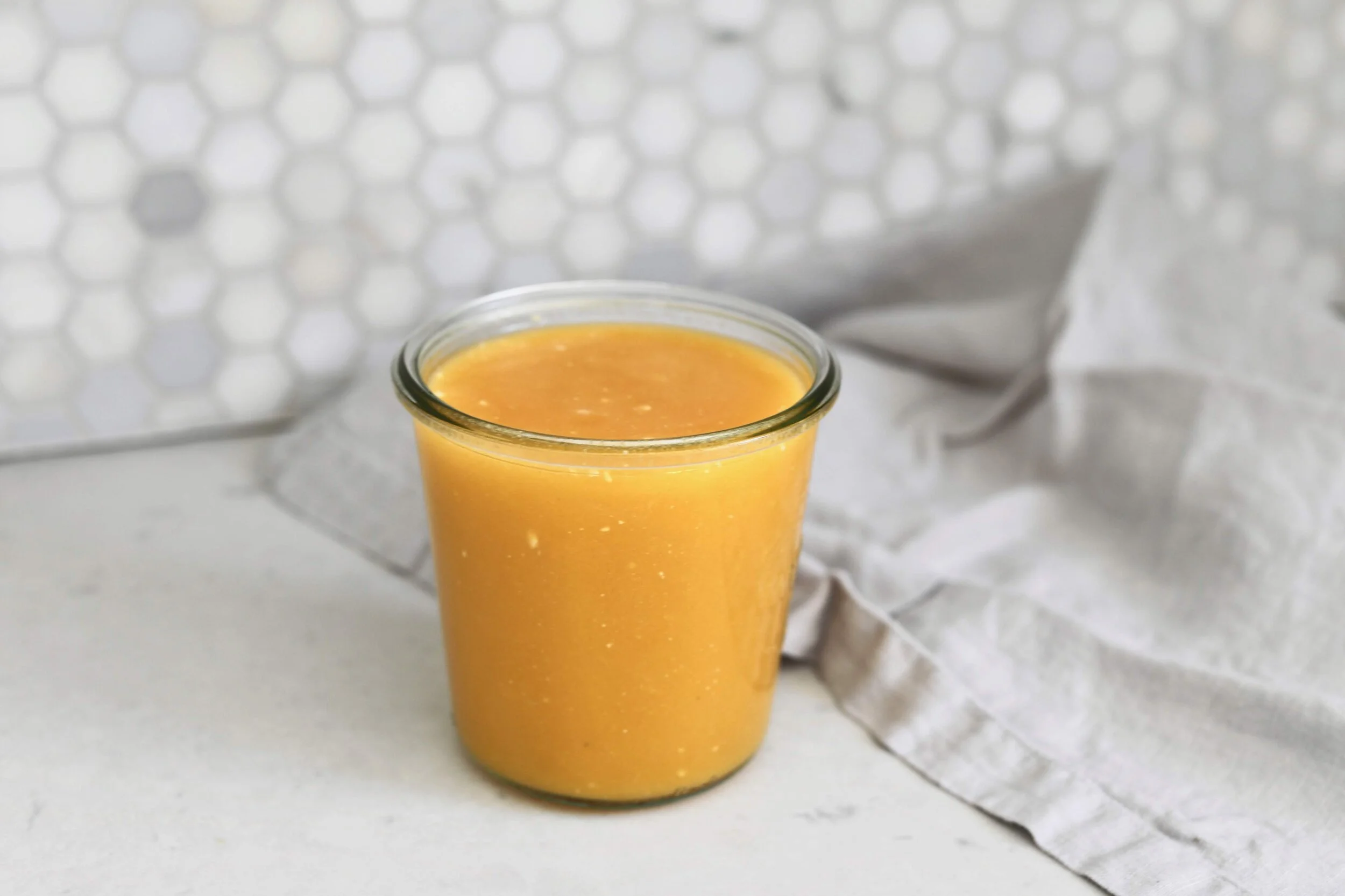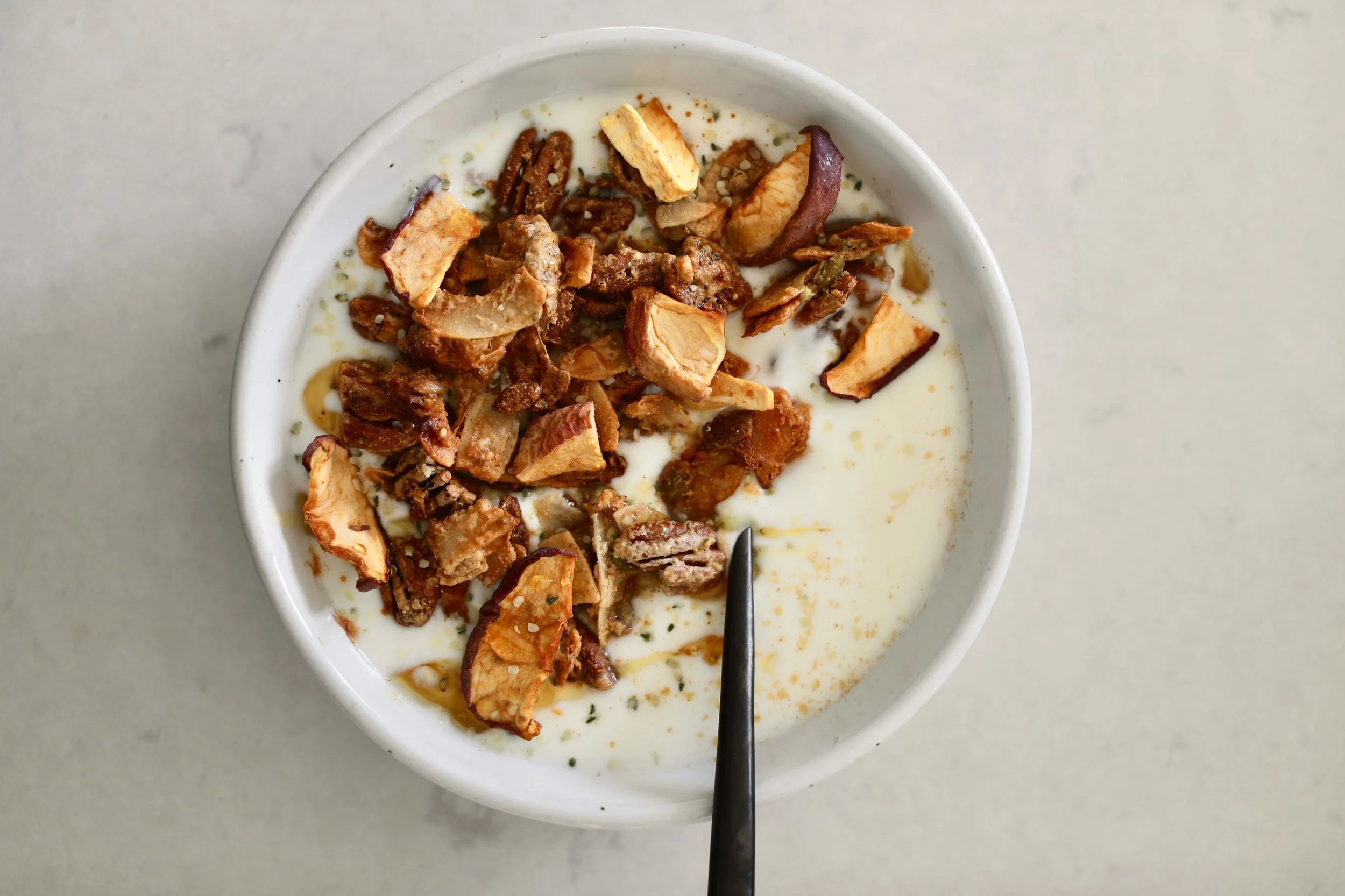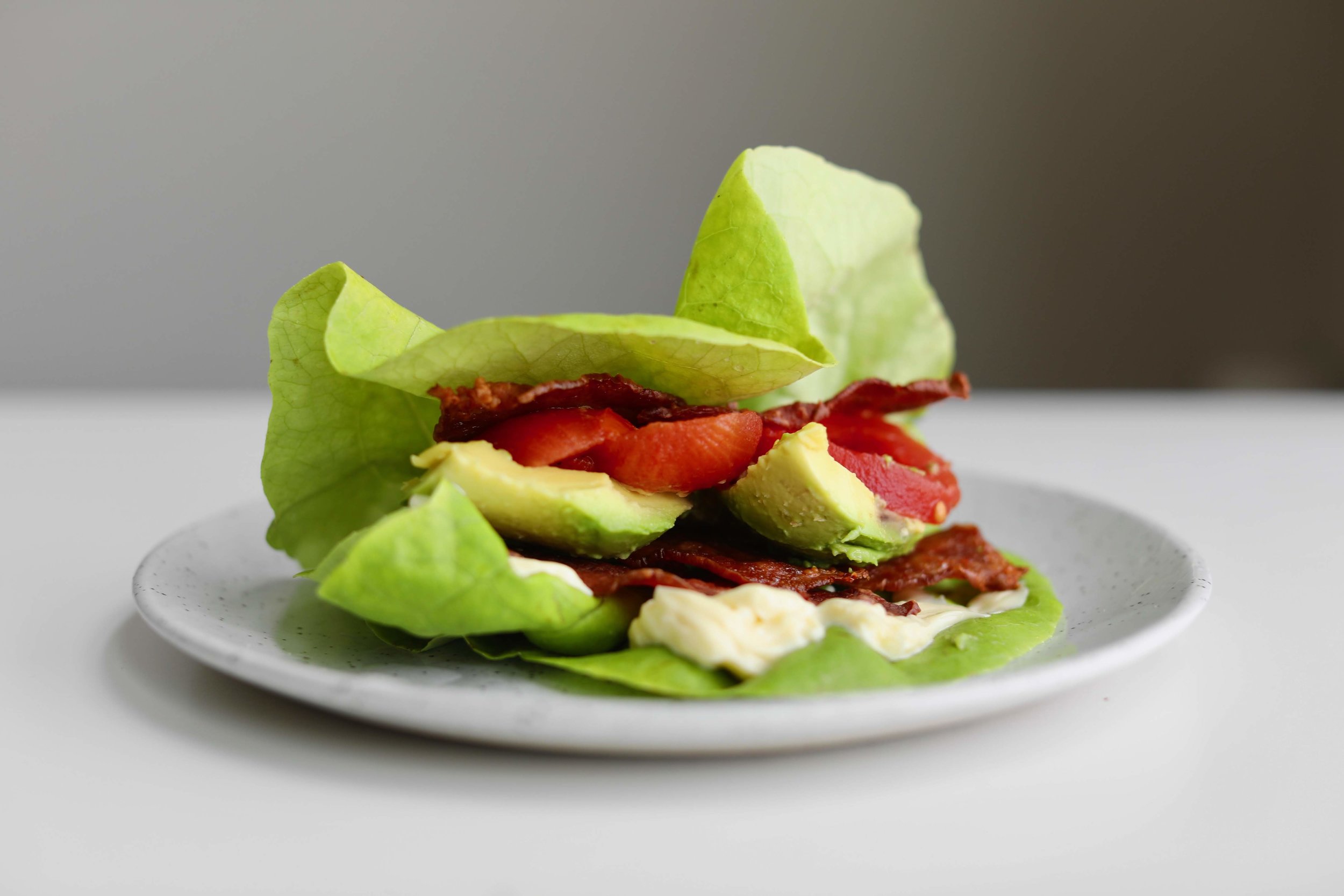Do You Need a Metabolic Makeover?
ORIGINALLY PUBLISHED ON CHOPRA.COM
Your metabolism keeps you energized and moving. If it slows, you are likely to feel its effects on your sleep, in your mood, and on your diet. Five metabolic factors can be maximized for your well-being.
Your metabolism keeps you energized and moving. If it slows, you are likely to feel its effects on your sleep, in your mood, and on your diet. Five metabolic factors can be maximized for your well-being.
Why Commercial Diets Aren’t the Answer
Are you in a constant conversation with your bathroom scale that can either uplift or depress how you feel each day?
There is ample scientific evidence that commercial weight loss programs don’t work. Studies show that restricting what you eat can often lead to binge eating. Notably, most diets require high levels of willpower and internal change to keep up rather than creating long-term sustainable habits and behaviors there is a lower chance of success. Furthermore, while more research is needed, weight loss does not always equal more health—people can be healthy or unhealthy at varying weights.
Maybe it’s time to stop trolling for the newest diet, put the bathroom scale away, and try something a little different—something sustainable, healthful, and results-based.
What Is Metabolism?
Introducing your metabolism: the source of your energy, vitality, body composition, and health. Studies show the underlying cause of many of the current health issues in the world today is an imbalance in the metabolism. Your metabolism is deeply embedded in your blood sugar, your biochemistry, your cellular system, your autonomic nervous system, and how you nourish yourself each day—body, mind, and soul.
Explore these metabolic principles for an improved body composition, deeper sleep, curbed cravings, an elevated mood, clear focus, and optimal energy—and create long-term sustainable changes in your health.
Bio-Individuality
Studies on metabolic individuality show that over many thousands of years, with the evolution of people in various parts of the world, individuals have developed specific nutritional needs based on many important factors and variables, including climate, genetic lineage, environmental stressors, and daily life rhythms. Examples of metabolic individuality include differences in ideal macronutrient ratios (protein, fat, and carbohydrates).
While one person may thrive eating a diet that is high in tropical fruits and fish, another person may feel more nourished with a diet higher in heavier proteins, berries, and nuts. These telltale pieces of your individuality are needed to understand the differences for customized ingredients to feed your energy, vitality, and metabolic requirements.
Essentially, what works for you may not work for others. Instead of looking for a one-way approach to health, consider looking for your way. While this may sound more complicated than signing up for the latest diet trend, with a little time and practice you can learn to be the detective in your own body and the governor of your health.
Try this:
Employ a mindfulness practice, such as meditation, in your life and practice being the witness in your body and in your life.
Track how different kinds of foods in different ratios affect your mood, energy, sleep, and cravings after meals.
Avoid the one-way approaches to weight loss that ignores your unique bio-individuality, history, and genetic lineage. In some cases, genetic and/or ancestral testing could be informative and useful.
Balance
Creating balance in your body, and specifically in your blood sugar, is a relief to your metabolism. This cannot happen if your blood sugar is on a roller coaster. Science shows that when insulin spikes too high or dips too low, it tells your body to hold onto body fat. Conversely, one study found that suppressing insulin secretion in non-diabetic obese adults was associated with weight loss and decreased body mass.
Try this:
Eat protein, fat, and whole carbohydrates at each meal.
Avoid high-glycemic foods, especially eaten by themselves. High-glycemic foods are foods that turn to sugar quickly in your blood, such as sugar or white flour.
Don’t be afraid of adding good fats to each meal—such as coconut oil, nuts, seeds, olive oil, avocado, and/or pasture-fed butter—which will keep your blood sugar balanced, your body satiated longer, and your energy more even and consistent.
Satiety
You will know you are on track when you are satiated—to feel satisfied without excess—after a balanced meal. Your cravings will no longer get the best of you, and your energy will be even and sustained. Even if you are known to emotionally eat, stress eat, or boredom eat, you will notice an improvement with these habits when you are aware of how to eat for your satiation at each meal.
Studies show that the quality of your carbohydrates affects your cravings (especially for sugar). When you eat more processed and refined carbohydrates, they will create more blood-sugar imbalance. One study showed that when men eat low-glycemic carbohydrates in their whole forms, such as brown rice, sweet potato, steel-cut oats, quinoa, or a tart apple, those carbs were more stabilizing to their blood sugar. This suggests that eating low-glycemic whole carbs will leave you feeling more satiated and cravings begin to melt away.
Try this:
Choose whole carbohydrates—whole grains, low-glycemic fruit, and starchy vegetables.
Eat regular meals and don’t let yourself get too hungry. When you wait too long between meals, you usually end up becoming “hangry” (a mix of anger and hunger) and making impulsive choices. Eating regular, balanced meals keeps your blood sugar stable and keeps your metabolism working for you.
Track your cravings as they change. An improvement in your cravings indicates an improvement in your metabolism.
Healing
When you continue to focus on the number on the scale, rather than healing your metabolism, you most often perpetuate feeling deprived, restricted, hungry, and uninspired. Even if you have the willpower to keep up with a rigorous diet, your body needs a strong metabolism to feel energized, and be healthy and strong.
Here are the four primary stages that your metabolic healing will go through:
Your starting point—your current metabolism.
The healing phase—replenishing your body through food, restoration, insulin balancing, and rebuilding your energy and vitality.
Fat-burning and the metabolic makeover phase––you begin to notice changes in your mood, energy, cravings, body composition, and sleep.
A healed state—you achieve balance in your hormones (starting with insulin). This may translate into weight loss, more sustained energy throughout the day, improved brain chemistry, more satiation, improved sex drive, better night's sleep, and more focus and clarity.
Try this:
Cultivate patience as you move through the various metabolic healing phases at a slow-and-steady pace.
Acknowledge your progress as you go. Tracking changes and celebrating your successes (big and small) will continue to inspire your health and healing –– track your cravings, sleep, energy, focus and mood.
Share your results with others in your life. Sharing the progress you are making may lead to greater success on your journey.
Sustainability
It is common to start on a health and healing journey relying on your willpower to keep you on track. What you may not realize is that your willpower is inconsistent. This variable of how you move through your day changes based on a few key ingredients: stress, sleep quality, and blood sugar.
In its report, “What You Need to Know About Willpower: The Psychological Science of Self-Control,” the American Psychological Association states, “A growing body of research shows that resisting repeated temptations takes a mental toll. Some experts liken willpower to a muscle that can get fatigued from overuse.”
To create a sustainable path to health and healing, you must turn toward something more reliable. Research shows a more reliable approach is a shift toward habit forming and automatic behaviors. While you likely don’t have trouble finding time to take a shower or brush your teeth each day, it is because these acts of self-care have become automatic.
When behavior becomes automatic, you are not relying on the irregularity of your willpower. This is true with eating, exercising, meditation, sleep routines, and even your internal dialogue.
Try this:
Consider picking one small new health behavior to add in through habit-forming and automatic behavior.
Start slow and build your momentum strong and steady.
Set a reasonable timeframe to work within (such as 30 days) and anchor your new behavior with time and practice.
Try these tried-and-true steps that heal your metabolism—from the inside out—for a long-lasting and sustainable transformation in your health and beyond.
Need a little support? Feel free to check out all of the ways I work with folks HERE.


